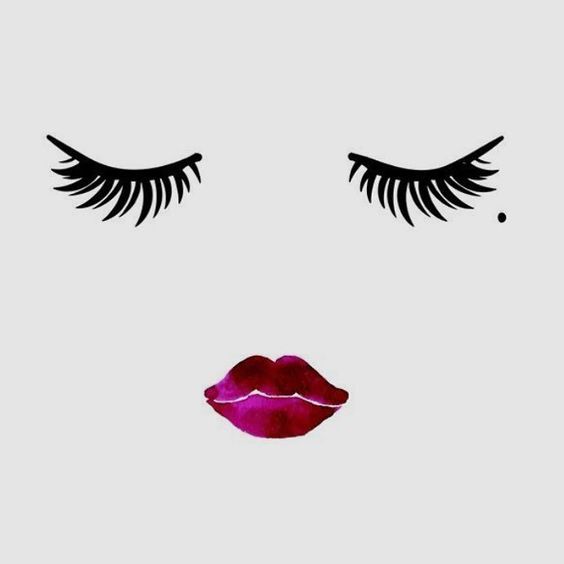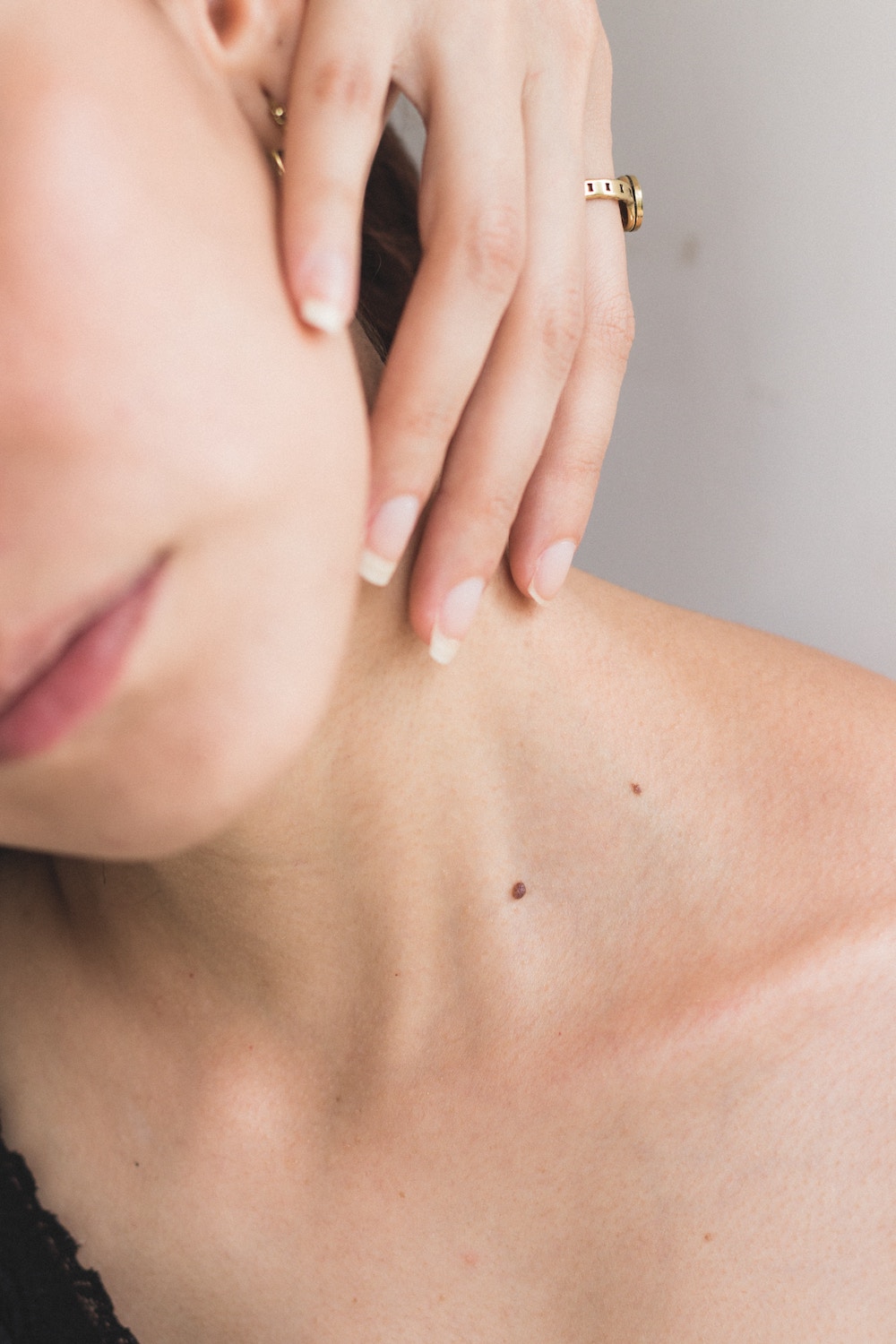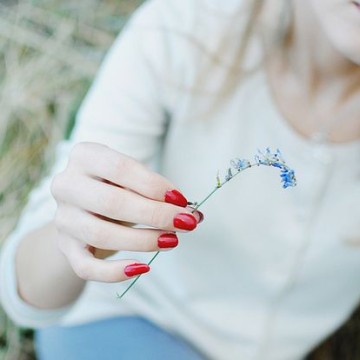
Carmine coloring is a popular ingredient in red nail polish, among many other things. Find out why this is 1. creepy and 2. potentially dangerous.
The classic scarlet red manicure loses its charm when we stop to consider that the iconic crimson we associate with 1940s glamour may come from a cactus parasite (yes, a bug!).
Carmine is a versatile red pigment that can be found in colored fabric (from drapes to silk flowers), paints, ink, fruit juice (some red and purple varieties), and cosmetics like lipstick and nail polish. According to the Environmental Working Group (EWG), the carmine coloring also goes by the following names: Carmine (Coccus Cacti L.); Carmine 5297; Carmine Ultra-Fine; Carminic Acid; Carminic Acid Lake; Natural Red 4; and B Rose Liquid.
Cochineal insects dwell in cacti typically found in Mexico and South America. Carmine dye is created by boiling the dried bodies (or eggs) of these insects in ammonia or a sodium carbonate solution (this sounds like a rather unpleasant task, no?). The solution is filtered and then mixed with alum (an aluminum sulfate), and the “crimson lake” pigment is born.
Creepy? Cruel? Both? Yes, yes, yes.
To add insult to boiled insect, carmine (especially in food) can cause severe allergic reactions (including hives, dizziness, and difficulty breathing) and anaphylactic shock. In 1998, the Center for Science in Public Interest urged the FDA to require that food manufacturers note that carmine may cause allergic reactions and that the ingredient is insect-derived. Of course, many food industries were not thrilled with this idea, and the FDA declined the request. You might also remember that in 2012, Starbucks drew widespread outcry when it was discovered that they were using carmine coloring in its Strawberry Frappucino, among other drinks. They were forced to switch to lycopene (tomato-based).
What can I do?
It’s generally smart to avoid artificially colored foods—you will probably save yourself from highly processed ingredients and high fructose corn syrup. Be extra careful about popsicles, “ruby red” juices, yogurt, and candies. If you have children, introduce them (and yourself!) to healthier sweets like raw banana ice cream and vegan sundaes.
Enjoy the natural beauty of whole foods. Turn to magenta beets and bright red bell peppers for a burst of color on your salad. (How to make salads taste good.)
Read the ingredients on your cosmetics. While some cosmetics say “animal product free,” “cruelty-free,” and even “vegan friendly” on the packaging, the umbrella of “animal products” doesn’t always extend to insects (including bees). So yes, this means you may have to whip out your reading glasses read through all of that tiny print! Don’t worry, this will feel like old hat after after a while.
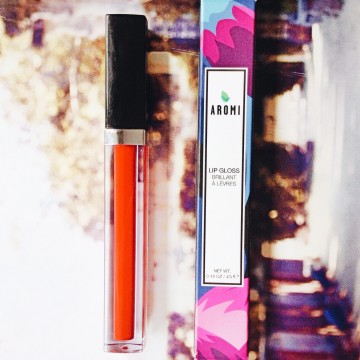
Aromi Lip Gloss: Vegan (no carmine!) and Cruelty-free
And for that glam red mani? Invest in trusted vegan nail polish brands like Scotch Naturals and NCLA.
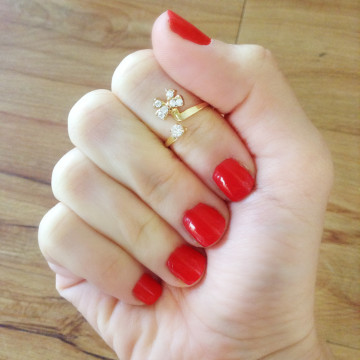
For a red mani, try “Sooki” by Zoya.
Related: Natural Beauty – Formaldehyde in Beauty Products
Natural Beauty – What Is Dimethicone?
__
Photos: Polina via Flickr, Mary Hood

